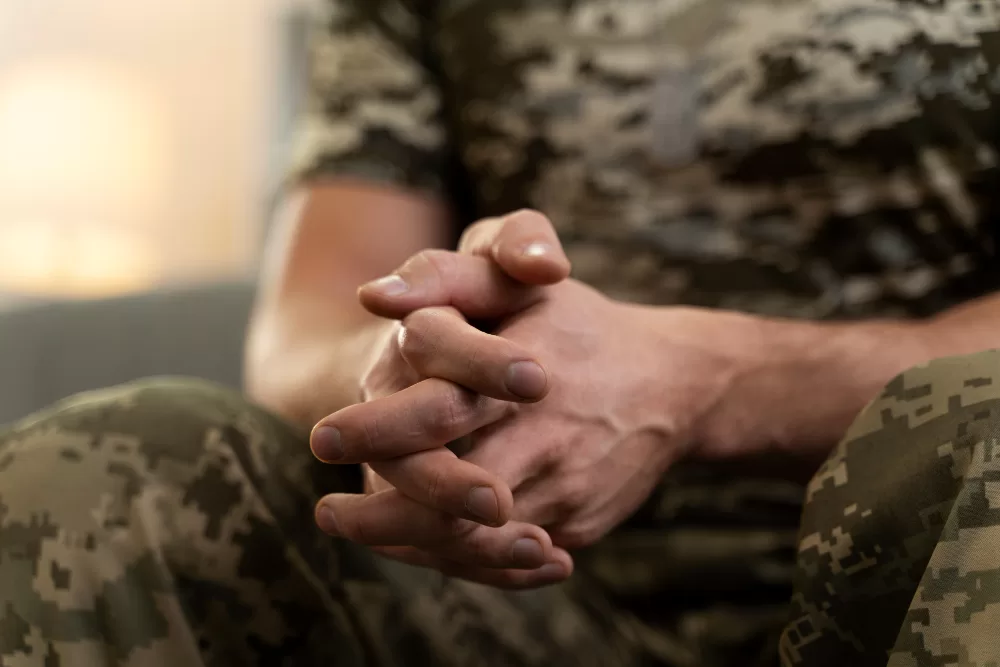For nearly 40 years, Camp Lejeune, North Carolina residents ingested high levels of roughly 70 volatile organic chemicals (VOCs) when they drank the Camp Lejeune toxic water. Research has shown that these chemicals can invade cells and alter their DNA. Several studies have linked them to serious, chronic illnesses such as kidney, liver, and bladder cancer, leukemia, Non-Hodgkin’s Lymphoma and other cancers.
For many years, people who lived and served at Camp Lejeune did not realize they were drinking and bathing in Camp Lejeune toxic water loaded with VOCs. Despite instances of individuals getting sick much earlier, the officials there did not test the water until 1980. The Camp Lejeune lawsuit exists today because of the harmful effects of water poisoning on individuals and families living there. If you lived at the camp between 1953 and 1989 and you are now seriously ill, you may be able to join the lawsuit (see the “Eligibility” section below).

Camp Lejeune Illness Latency
According to a CDC study on the latency of cancers associated with exposure to toxins at the World Trade Center site after 9/11, the average latency period is over 30 years. This means that children who lived at Camp Lejeune when the water was contaminated might not show signs of cancer until they are middle-aged.
The delay in being properly diagnosed and treated could be even longer. Toxic exposure cancers can be misdiagnosed. They might be attributed, for example, to inherited genetic traits such as having a family history of blood cancers like leukemia or lifestyle choices such as drinking heavily. Many Camp Lejeune water contamination cancer victims have no such family histories or lifestyle issues. In addition, since the Marine Corps did not acknowledge the water problem for decades, they also had no obvious red flags for potential health risks that might have prompted them to take preventive measures.
A delay in getting diagnosed and treated correctly can take a heavy toll. As cancers get more advanced, doctors often must use harsh, aggressive therapies and procedures they might have avoided with an earlier diagnosis. Take the following treatments, for example:

- Radiation: Low radiation levels can shrink small tumors. Larger tumors require more radiation that can cause greater collateral tissue damage and put patients at higher risk.
- Surgery: Small tumors are more easily removed surgically than large tumors. Thus, procedures to remove the latter can be more complicated and lengthier, both factors that can increase patient risk. Patients whose cancers have metastasized (spread) may be too weak from radiation therapy to tolerate multiple surgeries.
- Chemotherapy: Chemotherapy drugs kill fast-dividing cells like cancer and hair cells. That’s why chemo patients lose their hair (alopecia). Patients undergoing high chemotherapy therapy can experience permanent alopecia and other serious side effects such as fatigue, bruising and bleeding and nausea and vomiting.
Besides the physical toll described above, traditional cancer treatments are incredibly expensive. For these reasons, those who fell ill from the water contamination at Camp Lejeune need and deserve substantial compensation.
Camp Lejeune Lawsuit Eligibility
By 2024, when the claims window closes, as many as one million veterans and family members may have joined the Camp Lejeune lawsuit. These individuals include service members, private military contractors and civilian Department of Defense employees and their family members. Other than the illness requirement mentioned above, being a resident of Camp Lejeune for at least 30 days between 1953 and 1989, as evidenced by documentation such as service records or utility bills, is the only other eligibility condition.
It is important to note that the 30-day rule is the minimum residency requirement. Understandably, the plaintiffs who lived at Camp Lejeune for longer periods and ingested and washed in the contaminated water over that time will likely receive higher compensation.
The Camp Lejeune Water Contamination Suit Settlement Process

While we don’t know how many plaintiffs will join this lawsuit or how large the settlement will be, we do know some facts about the settlement process. At Action Matters, we will pass this information on to you in terms you can easily understand.
Before we start, we should briefly mention the connection between the Camp Lejeune water contamination lawsuit and VA disability benefits. Many Camp Lejeune veterans already receive or are eligible to receive these VA benefits because they drank the tainted water. If these individuals join the lawsuit, they may receive lower settlement payments as the government may be entitled to a partial offset.
Contaminated Water at Camp Lejeune Lawsuit Compansations
Occasionally, mass tort claims like the contaminated water at Camp Lejeune lawsuit settle when the responsible parties create large victim compensation funds (VCF). If that happens in this case, anyone who lived at Camp Lejeune and fell sick may be eligible for a VCF payment, not just the lawsuit plaintiffs.
These funds have their own payout rules. Usually, the payment varies according to the facts of the case. The fund administrators who decide these matters often are tough negotiators. Since court supervision ends when the defendant creates a VCF, the fund administrator doesn’t have a duty to negotiate in good faith. Consequently, lowball offers are often made.
The VCF situation does not occur frequently, however, because mass tort defendants usually restrict their settlements to the lawsuit plaintiffs. If this is the case for the contaminated water at Camp Lejeune lawsuit and you did not join the lawsuit, you may not receive any money, even after the case settles.
Once again, the individual settlement amounts usually depend on the facts of the case. It’s only fair that victims who suffered greater harm should receive more money. When all is said and done, fairness is what a civil lawsuit is all about.